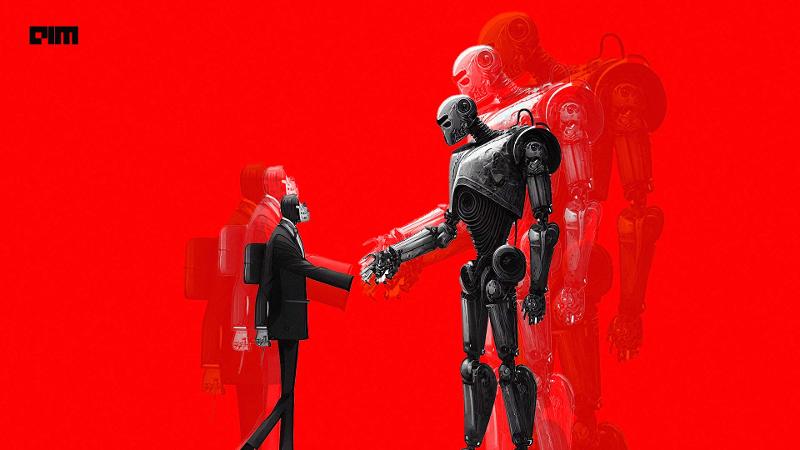In recent years, the field of robotics has witnessed a significant breakthrough with the emergence of general purpose robots. These versatile machines, capable of performing a wide range of tasks, are revolutionizing industries and opening up new possibilities. Let's delve into the world of general purpose robots and explore their game-changing potential.
The Advantages of General Purpose Robots
Explore the unique advantages offered by general purpose robots in various industries.
General purpose robots are revolutionizing industries by offering a multitude of advantages. Firstly, their versatility allows them to perform a wide range of tasks, eliminating the need for multiple specialized robots. This not only saves costs but also streamlines operations. Secondly, general purpose robots can adapt to different environments, making them highly flexible and efficient. Whether it's in manufacturing, healthcare, or even household chores, these robots can seamlessly transition between tasks. Lastly, their ability to learn and improve over time enhances their performance and productivity.
With such advantages, general purpose robots are becoming increasingly popular across industries. Their versatility and adaptability make them a game-changer in the field of robotics.
Specialized Robots: Precision vs. Adaptability
Understand the trade-off between specialized robots and general purpose robots.
While specialized robots excel in performing specific tasks with precision, they lack the adaptability of general purpose robots. Specialized robots are designed for a particular function and environment, making them ideal for tasks that require high precision, such as cleaning or manufacturing. However, when faced with a different task or environment, specialized robots may struggle to adapt.
On the other hand, general purpose robots offer the flexibility to handle a wide range of tasks and environments. Their ability to learn and adapt makes them more versatile and cost-effective in the long run. Although they may not match the precision of specialized robots for certain tasks, their adaptability outweighs this trade-off in many industries.
The Future of Humanoid Robots
Discover the potential and challenges of humanoid robots in various applications.
Humanoid robots have long been a fascination, but their large-scale adoption has been limited. The complexity of building and maintaining humanoid robots, along with their limitations in performing real-world tasks, has hindered their widespread use. However, there is potential for humanoid robots in medical and educational applications, where their human-like appearance can enhance interactions and understanding.
Startups like Agility Robotics and Figure are working towards scaling up humanoid robot production and exploring their potential in various roles, from corporate labor to home assistance and even space exploration. While general purpose robots have gained more practical applications, the future of humanoid robots remains an intriguing area of research and development.
Conclusion
General purpose robots have emerged as a game-changer in the field of robotics, offering unparalleled versatility and adaptability. These robots are revolutionizing industries by streamlining operations, reducing costs, and improving efficiency. While specialized robots excel in precision tasks, the flexibility and learning capabilities of general purpose robots make them a preferred choice in many applications.
As technology continues to advance, the future of humanoid robots remains an area of exploration. While their adoption has been limited, there is potential for humanoid robots in medical, educational, and even space exploration fields. The ongoing research and development in robotics are paving the way for exciting advancements and possibilities.
FQA :
Are general purpose robots more cost-effective than specialized robots?
Yes, general purpose robots are more cost-effective in the long run. Their versatility eliminates the need for multiple specialized robots, reducing costs and streamlining operations.
Can humanoid robots replace human workers?
While humanoid robots have the potential to assist in various roles, complete replacement of human workers is unlikely. Humanoid robots are designed to complement human capabilities and enhance efficiency, particularly in tasks that are unsafe, repetitive, or boring.
What are the challenges in building and maintaining humanoid robots?
Building and maintaining humanoid robots pose several challenges. The complexity of their design, control, and maintenance requires specialized expertise. Additionally, ensuring their safety and reliability in different environments is a significant challenge.

